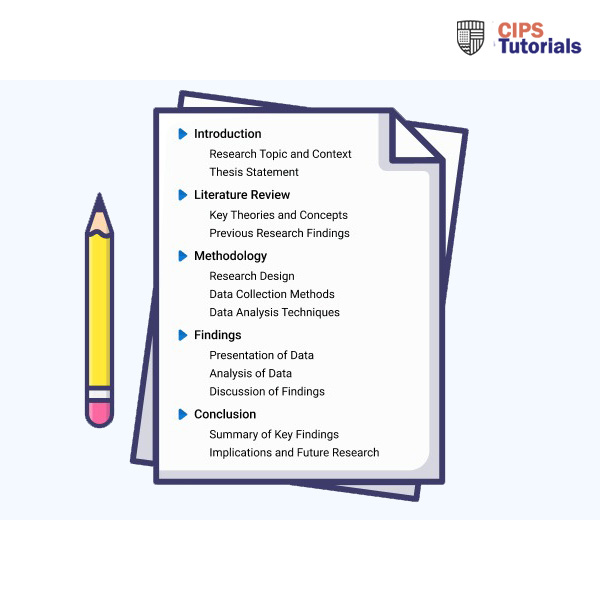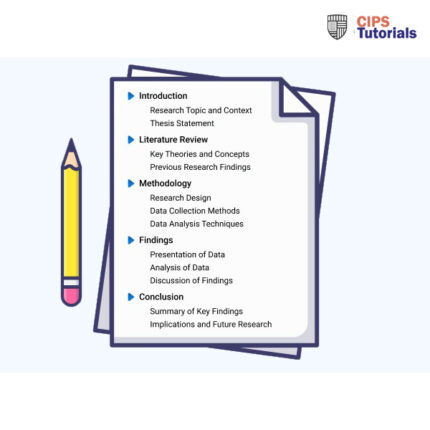-50%
Solution
Stakeholders Analysis
For HWE organisation case, stakeholders are categorised to internal, connected and external categories. These are as evidenced in the following;
Figure 10:HWE Stakeholders groups and category summary
Source: Summarised from the organisation internal documents
For the organisation leadership, power source is significant for the various groups of stakeholders. For this plan, for identifying power levels in HWE leaders and managers, it is appropriate using Mendelow Matrix Analysis (Farshid et al., 2022);
Figure 11:HWE Stakeholders analysis summary
Source: Summary of the organisation stakeholders analysis
Low Interest; Low Power- This category is comprised of UK administration (Govt) and regulators of NHS where HWE has based on their operations.
High Power; Low Interest- They include keep satisfied and inclusive of managers and directors working for HWE leaders. They have high power owing to how they influence the organisation leadership teams. For example, power is evident on how they withhold budget allocated when leaders accountability is lower.
High Power; High Interest- These are the PS&M teams, manufacturing entities, clients and end-users of HWE offered products. They leverage on immense power for leadership since their success is based on successful implementation of functions.
Low Power; High Interest– In HWE, stakeholders including supply teams, competing organisation and different connected stakeholders possess immense power for leadership in the entity. The rationale of this is strategic operations and basing power to market-based force.
In summary, from the Mendelow Matrix analysis, by leaders pursuing stakeholders analysis, they acquire an improved understanding of range and variety of groups and people. These would have vested interest in the entity and eventually formulating and implementing organisation strategy and similarly having influence on organisation performance.
Sources for Individual Power
In line with CIPS Module Notes, the need to prioritise on sources of individual power is evaluating success of leadership and management relationship with staff. The individual and organisation power sources are shown in the following;
Figure 12:Individual and Organisation Powers Summary for HWE
Source: Summarised from HWE organisation website
Expert power- This entail knowledge and skills of their leaders. A case example is James Collinson Head of Supply Chain in HWE possess immense knowledge of their operations area and details of scaling their operations. This is different from KPMG in UK which adopt financial services solutions to customers in Banking and Capital Markets, Insurance and Private Equity.
Legitimate power- Legitimate source of power is noted to be obtained from a person possessed job roles. For example, considering HWE, their HR leader who is Tania Marcus possess power to implement firing of employees or terminated with the decision adhered to with full strictness.
Coercive power-
Please click the following icon to access this assessment in full

